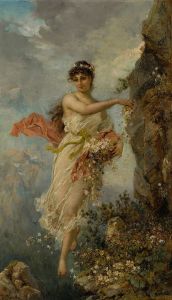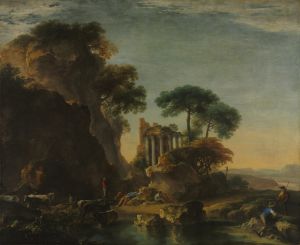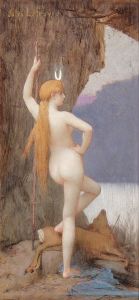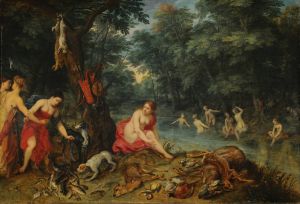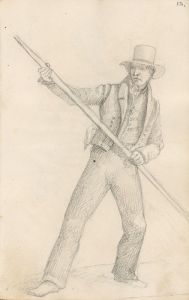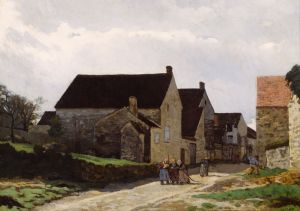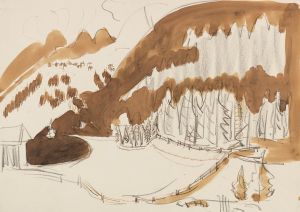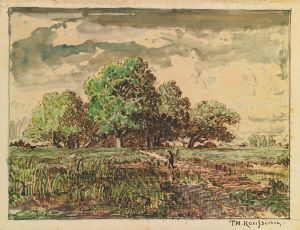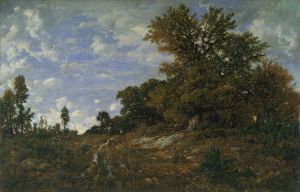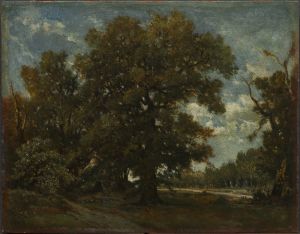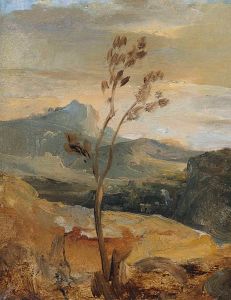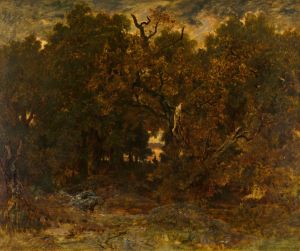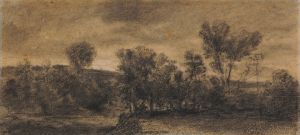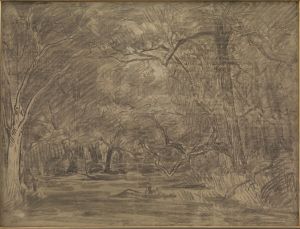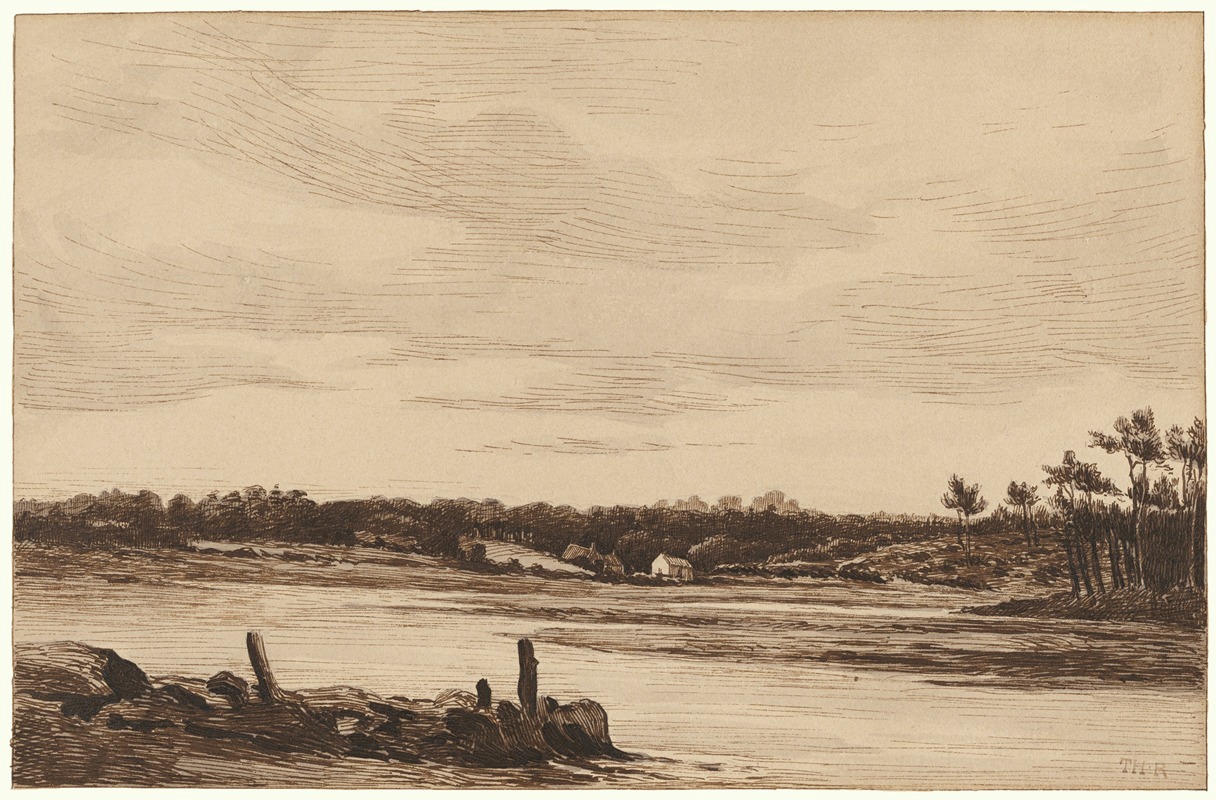
The Loing River at the Edge of the Forest of Fontainebleau
A hand-painted replica of Théodore Rousseau’s masterpiece The Loing River at the Edge of the Forest of Fontainebleau, meticulously crafted by professional artists to capture the true essence of the original. Each piece is created with museum-quality canvas and rare mineral pigments, carefully painted by experienced artists with delicate brushstrokes and rich, layered colors to perfectly recreate the texture of the original artwork. Unlike machine-printed reproductions, this hand-painted version brings the painting to life, infused with the artist’s emotions and skill in every stroke. Whether for personal collection or home decoration, it instantly elevates the artistic atmosphere of any space.
Théodore Rousseau's painting The Loing River at the Edge of the Forest of Fontainebleau is a notable work by the French artist, who was a leading figure of the Barbizon School. This artistic movement, which emerged in the mid-19th century, was characterized by its focus on naturalistic landscapes and a departure from the idealized depictions of nature that were common in academic art at the time. Rousseau and his contemporaries sought to capture the beauty and authenticity of rural France, often painting en plein air (outdoors) to observe and depict nature directly.
The painting portrays a tranquil scene along the Loing River, which flows through the Île-de-France region, south of Paris. The river is depicted near the Forest of Fontainebleau, a location that was a frequent source of inspiration for Rousseau and other Barbizon painters. The forest, known for its diverse landscapes of dense woods, rocky outcrops, and open clearings, provided a rich variety of subjects for artists seeking to explore the interplay of light, shadow, and texture in their work.
In this particular piece, Rousseau demonstrates his mastery of atmospheric effects and his ability to convey the serene beauty of the natural world. The composition likely emphasizes the harmonious relationship between the river and the surrounding forest, with careful attention to the details of the trees, water, and sky. Rousseau's use of earthy tones and subtle contrasts reflects his commitment to realism and his desire to evoke the mood and essence of the landscape.
Rousseau's work, including The Loing River at the Edge of the Forest of Fontainebleau, played a significant role in the development of landscape painting in the 19th century. His dedication to depicting nature as he observed it influenced later movements, including Impressionism, which also emphasized direct observation and the effects of light and atmosphere.
While specific details about the creation date or current location of this painting are not readily available, it remains an important example of Rousseau's contribution to the Barbizon School and his enduring legacy as a pioneer of modern landscape art.





